Process Junkie Book Club: The Work of Art by Adam Moss
An excellent book deconstructing the creative process
Back in May, I heard Adam Moss1 on Pivot2 discussing his new book “The Work of Art: How Something Comes from Nothing”. It was the epitome of everything I’ve been exploring here on . I snapped it up and read it with great interest over the ensuing months…
Open/Closed States of Creation
The “open state” of the creative process, allowing mistakes and iterations to unfold, is discussed at length, as well as the crucial second part of that process: the “closed, definitive” state, where you know when to end the iterations and ‘ship’. That second part is almost certainly more challenging than the first— one could iterate and play for years without ever landing on anything final (and many do). The only reason we’ve ever seen the greatest works of art in history is that the artist knew when to let it go out into the world.

Seeing the ugly back end of creation is beautiful.
I haven’t seen a book that truly delves into the minutiae of the creative germs, which eventually become incredible pieces of art. I love seeing the doodles and rough sketches, scrawlings and scribblings of the brain-dump stage of creation before something develops. It’s something one has to be brave to share, so I’m grateful Moss was able to coax these gems from the annals of the studios and office drawers of the incredible minds he interviewed.
Roz Chast
An obvious favourite chapter for me was the inimitable Roz Chast, fellow New Yorker cartoonist and world champion kvetcher. I loved her box of ‘Idea Germs’. I have the exact same thing in my studio and dip into it when it comes time to work on ideas each week’s batch of cartoons (or podcast).
My own “Box of Idea Germs”:
What I loved seeing most were these germs of ideas and how they developed into fully-fledged creations that ended up in the pages of the New Yorker.
Every cartoonist I speak to has a different method for coming up with ideas and drawing those ideas, but rarely is it published in book form with the very private scrawlings on show. It took guts to share these artefacts, and I’m grateful to Roz for doing so.
”Allow yourself not to know what you’re doing.”
~ Jodie Foster
No ‘Correct’ Way of Creating
The other reassuring thing to read was the idea that there is, of course, no ‘correct’ way of creating things. It may seem like there’s a secret formula or a “Simple 5-step guide” to doing certain creative tasks when people offer them up (usually for money), but the truth is that everyone’s mind works differently. Not only is this true universally, but also chronologically with individuals— People’s minds work differently at different ages.
At around the 8:30 mark of the interview below, Aaron says that he’s heard that when asked, “Why don’t you write those great songs anymore?” Bob Dylan replied, “I don’t know how to do it. Back in the fifties, they just came through me, and I don’t know how to make it happen anymore.” Arthur C Brooks has written about these ‘eras’ in his career, discussing fluid intelligence versus crystallized intelligence in his book From Strength To Strength. (I’ll add this one to the book club soon!)
It’s OK not to know what you’re doing. In fact, it’s more common than not. You’re allowed to make mistakes and figure it out as you go. That’s where so many happy accidents come from. As I’ve scrawled many times before:
The Muse
I really enjoyed the part where they discuss the notion of ideas ‘passing through’ a creative person; the muse, as it’s sometimes called, being something that ignites Bob Dylan to write Blowin’ In The Wind in 30 minutes. I remember reading “Big Magic” by Liz Gilbert years ago and taking to the idea of the Muse— it can be dangerous in one sense because you end up deferring your creative work until ‘the muse is in the room’ (not great for deadlines). On the other hand, it can ease the anxiety that comes from not feeling like creating… if you need to outsource it to an ethereal, spiritual thing, then that’s OK. You’re allowed to figure out what works for you.
I’d love to hear your thoughts in the comments. The creative process is a bottomless topic I’ll discuss at length across various facets in this newsletter. Stay tuned later this week for thoughts on collaboration in the creative process.
Have a great day.
~ Jason
🔊 Further Listening
You can hear an excellent conversation between Adam with
& on their “Design Better” podcast discussing the finer points of the book, and the explorations therein. (You can listen to my episode with Eli and Aarron here.)Adam Moss was the editor of New York magazine, The New York Times Magazine, and 7 Days. As editor of New York, he also oversaw the creation of five digital magazines: Vulture, The Cut, Daily Intelligencer, Grub Street, and The Strategist. During his tenure, New York won forty-one National Magazine Awards, including Magazine of the Year. He was an assistant managing editor of The New York Times with oversight of the Magazine, the Book Review, and the Culture, and Style sections, as well as managing editor of Esquire. He was elected to the Magazine Editors’ Hall of Fame in 2019.
Pivot: Every Tuesday and Friday, journalist Kara Swisher and NYU Professor Scott Galloway offer sharp, unfiltered insights into the biggest stories in tech, business, and politics. They make bold predictions, pick winners and losers, and bicker and banter like no one else. After all, with great power comes great scrutiny. From New York Magazine and the Vox Media Podcast Network.


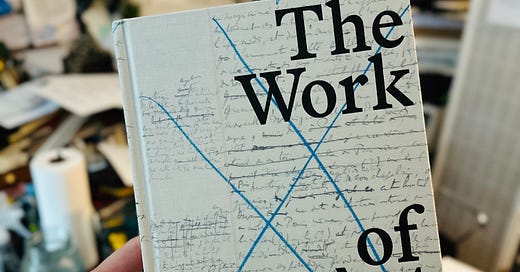



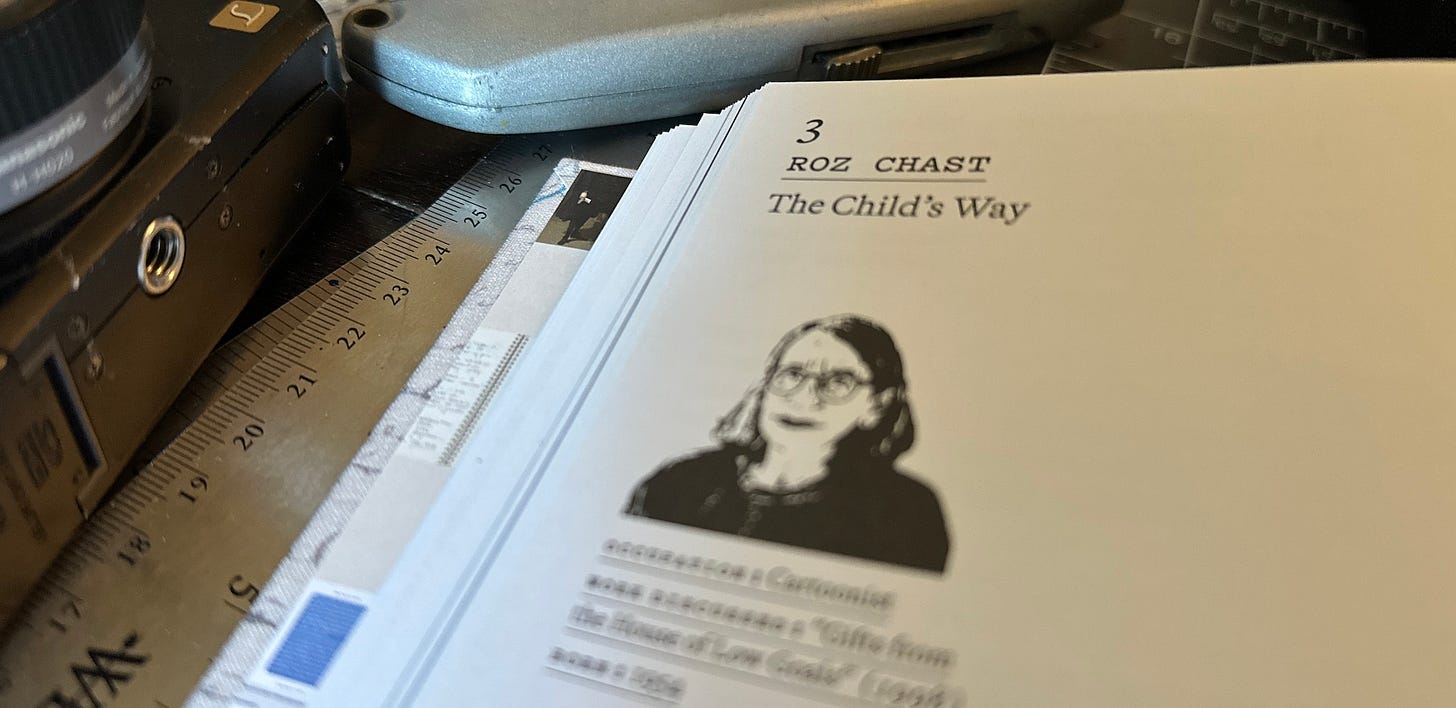
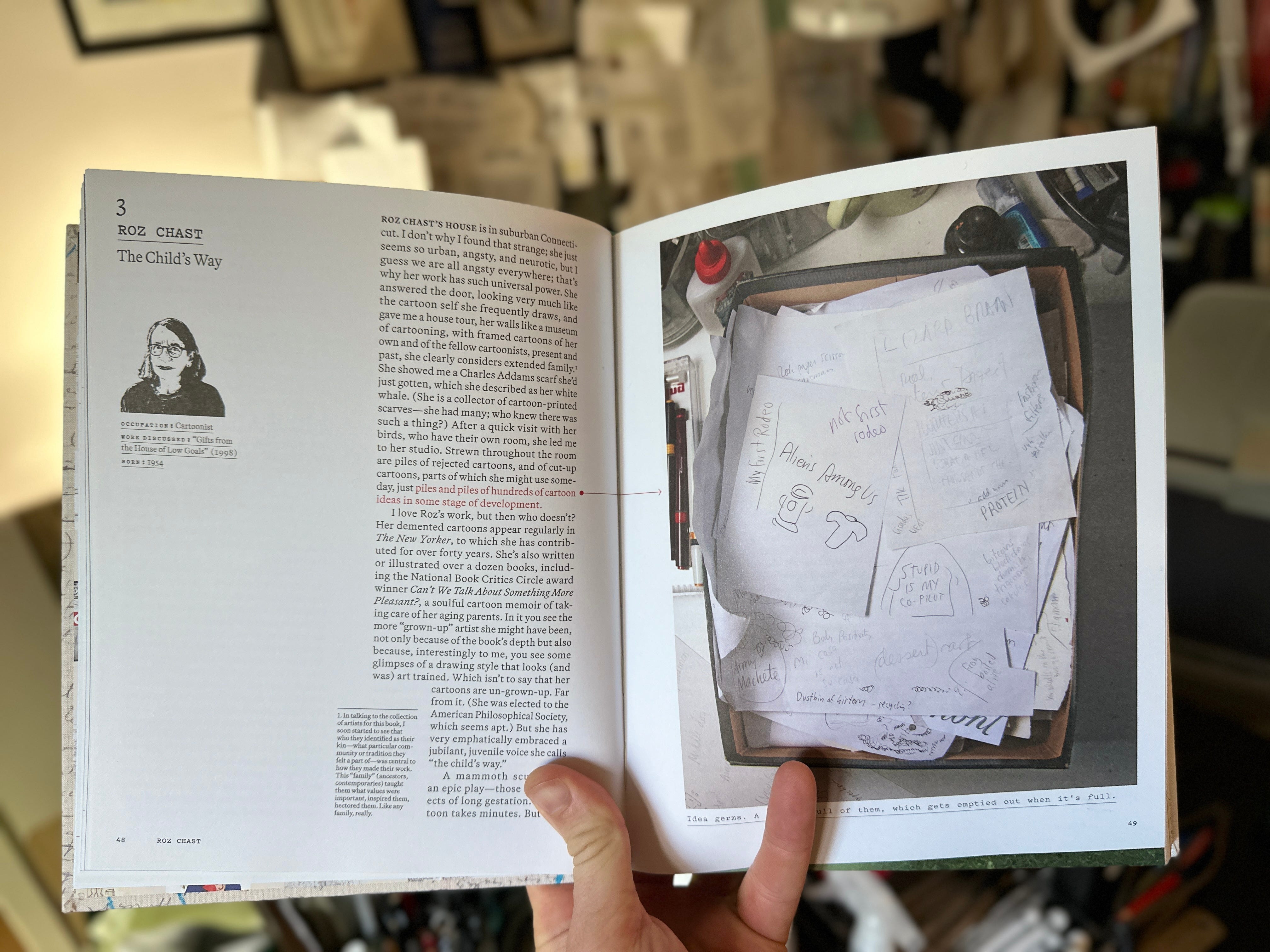
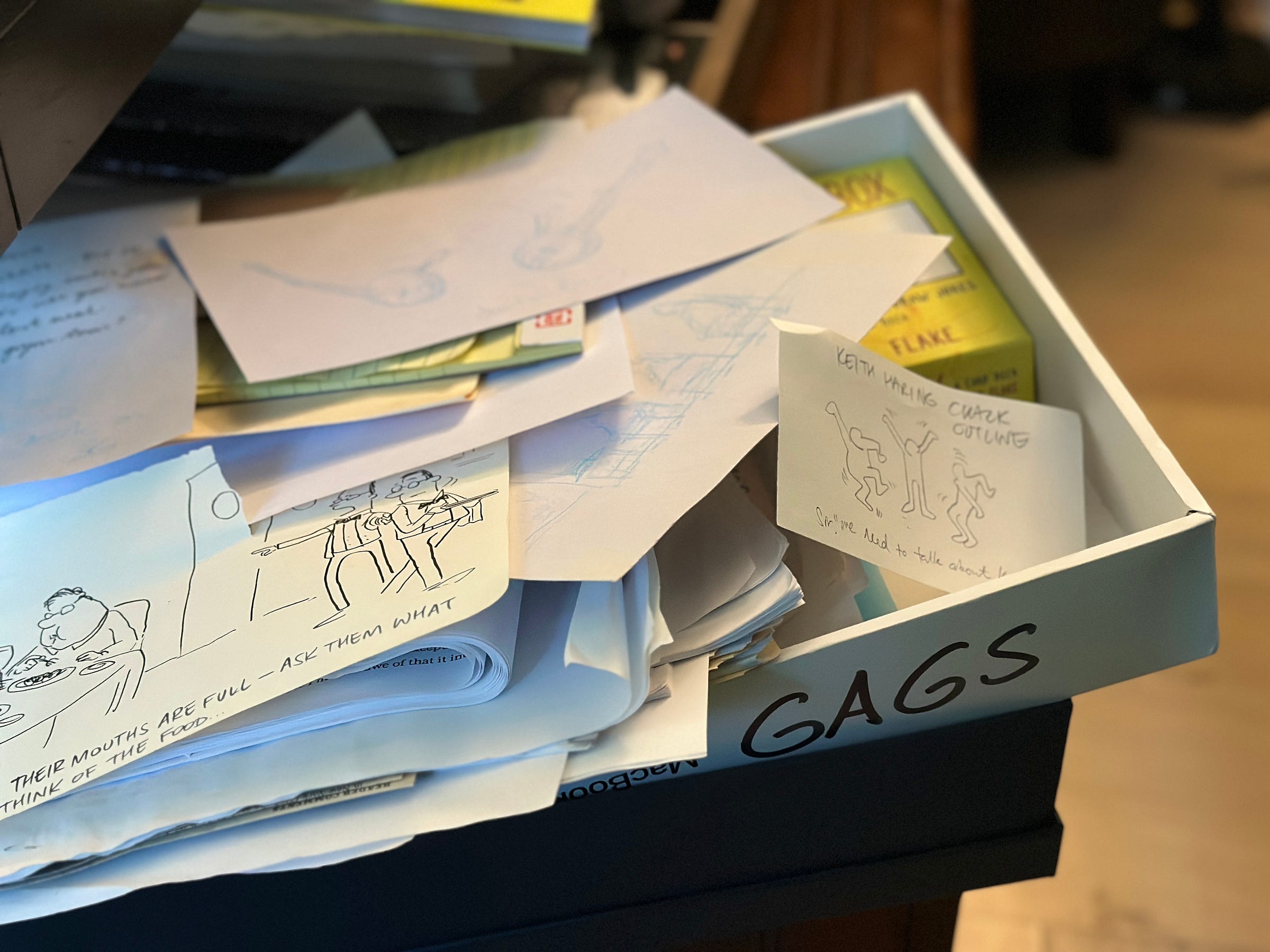
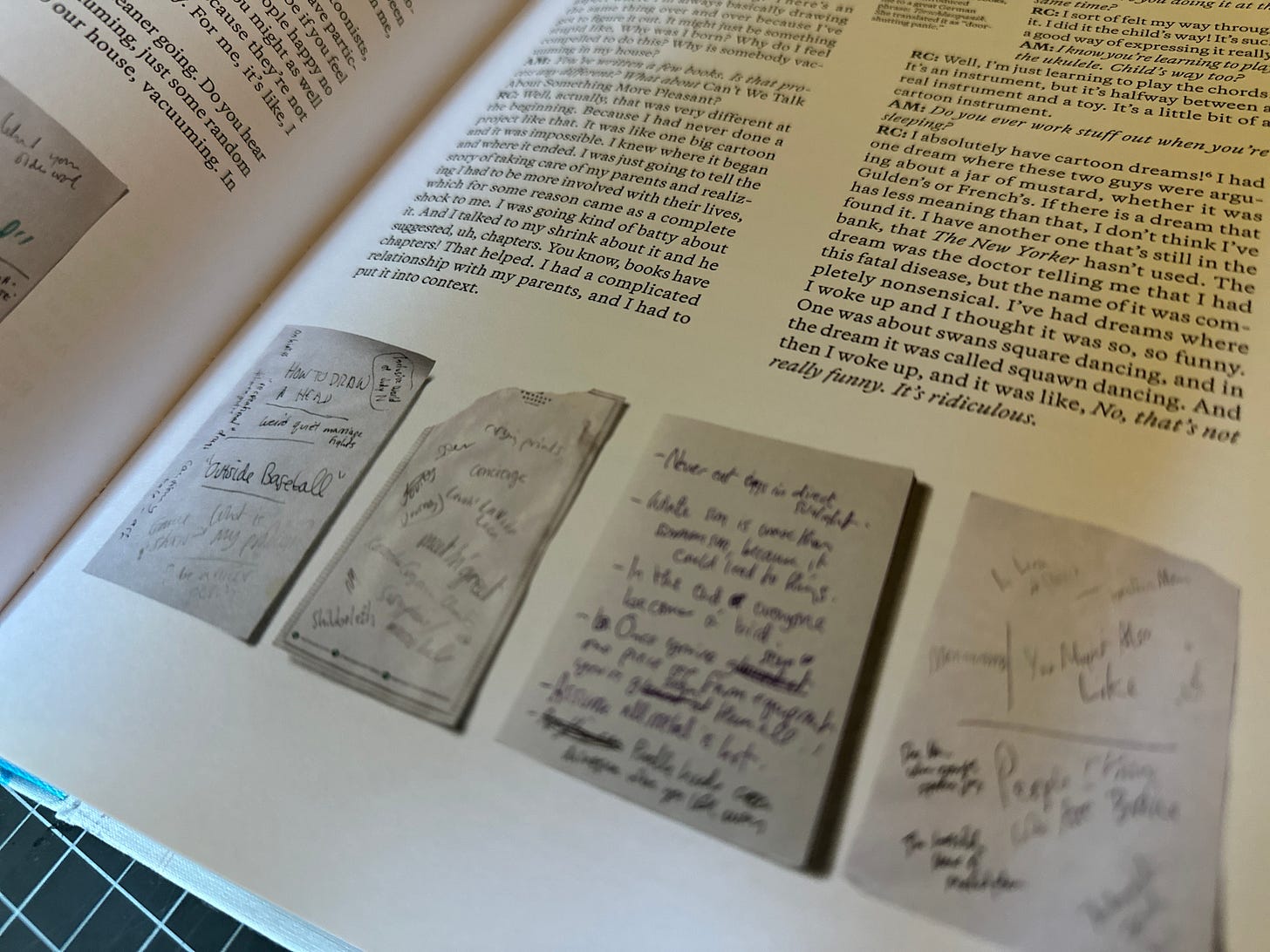

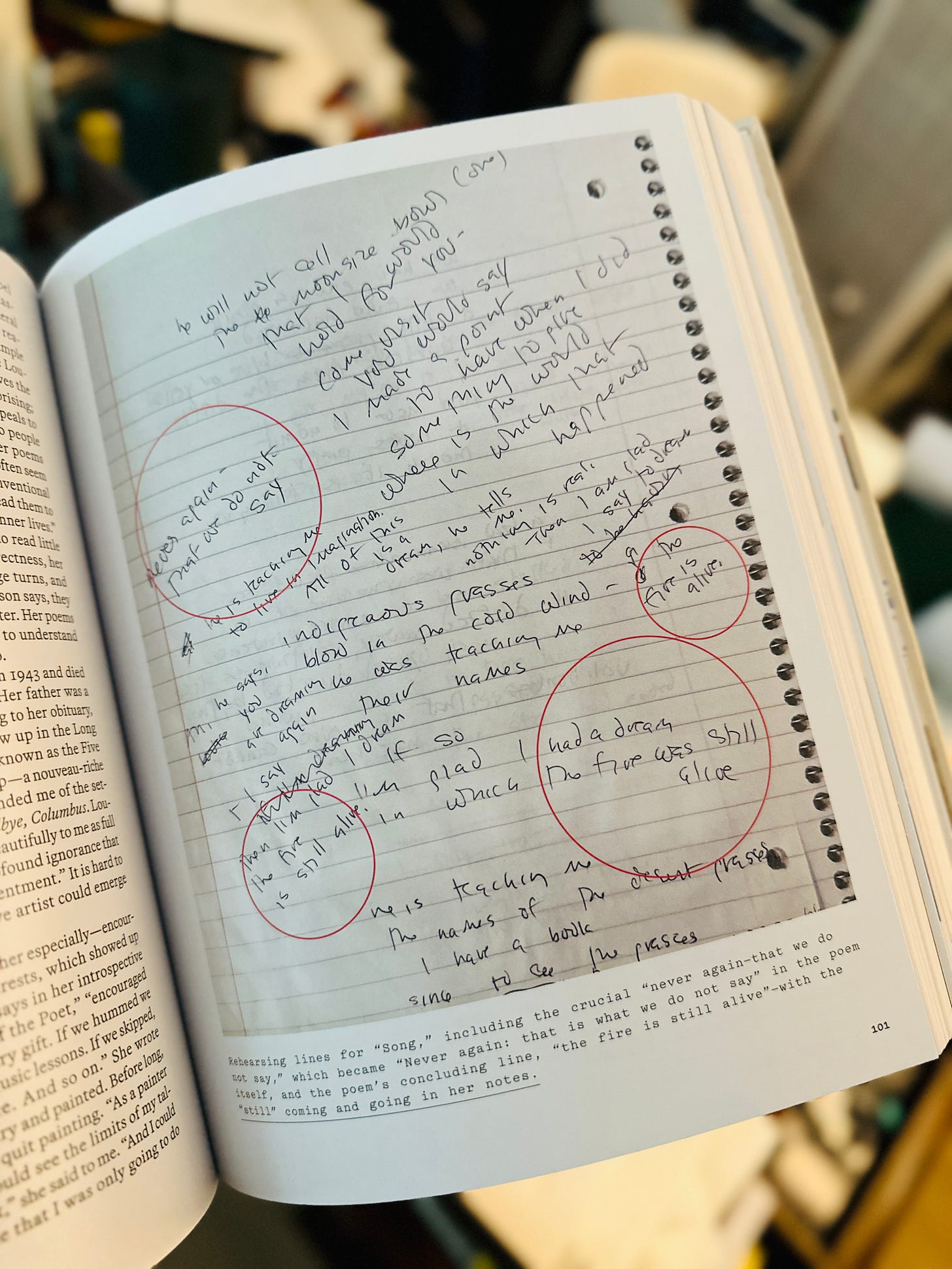



And, of course, there’s nobody better than Roz!
The chapter on the the artist Amy Sillman is another gem. The iterative process by which she develops her abstract paintings is really something.